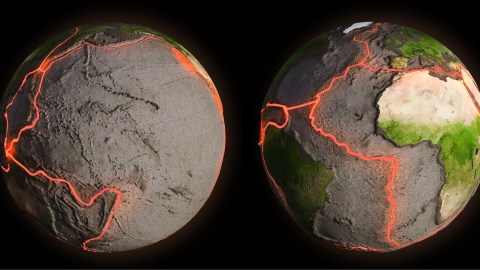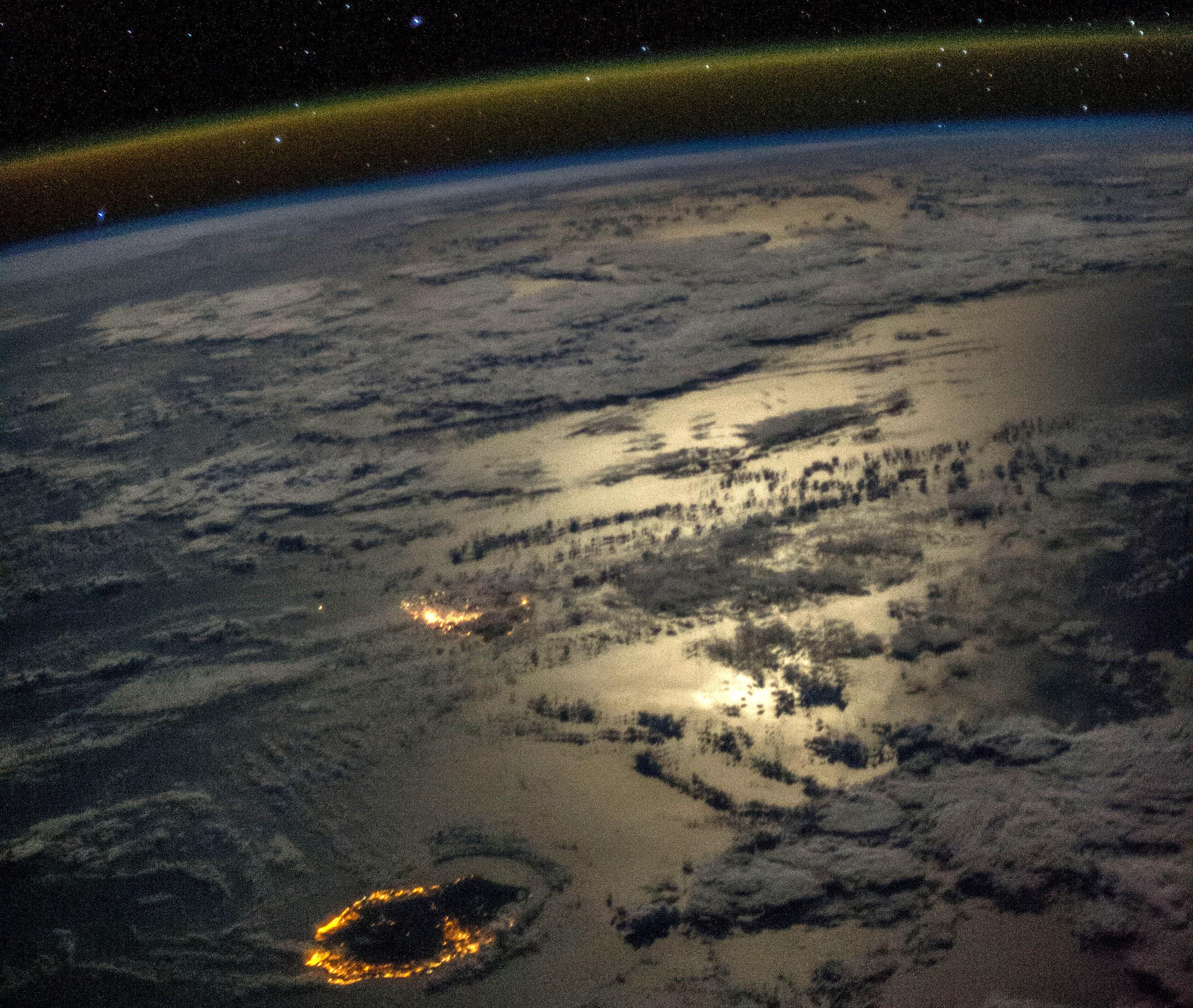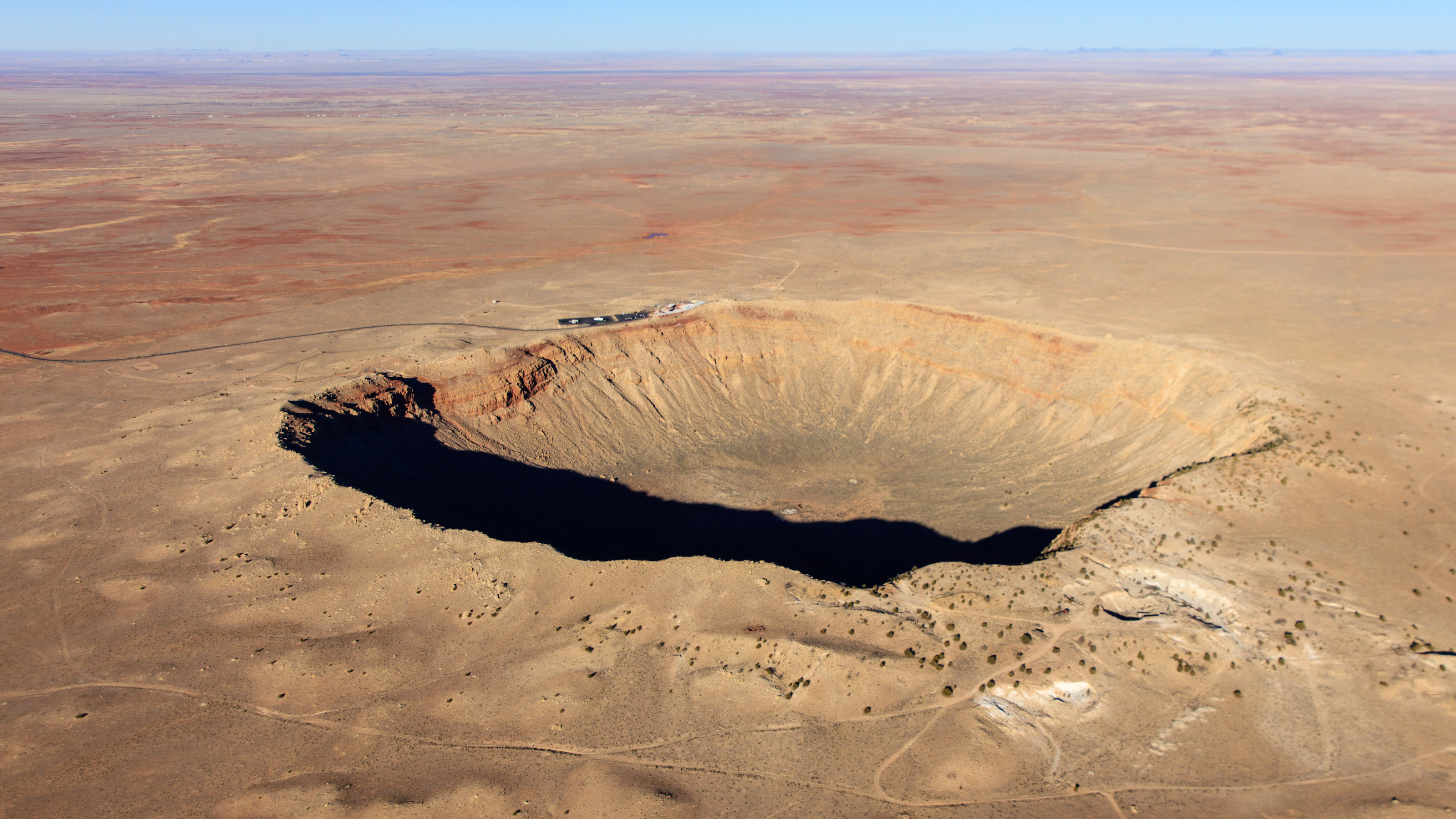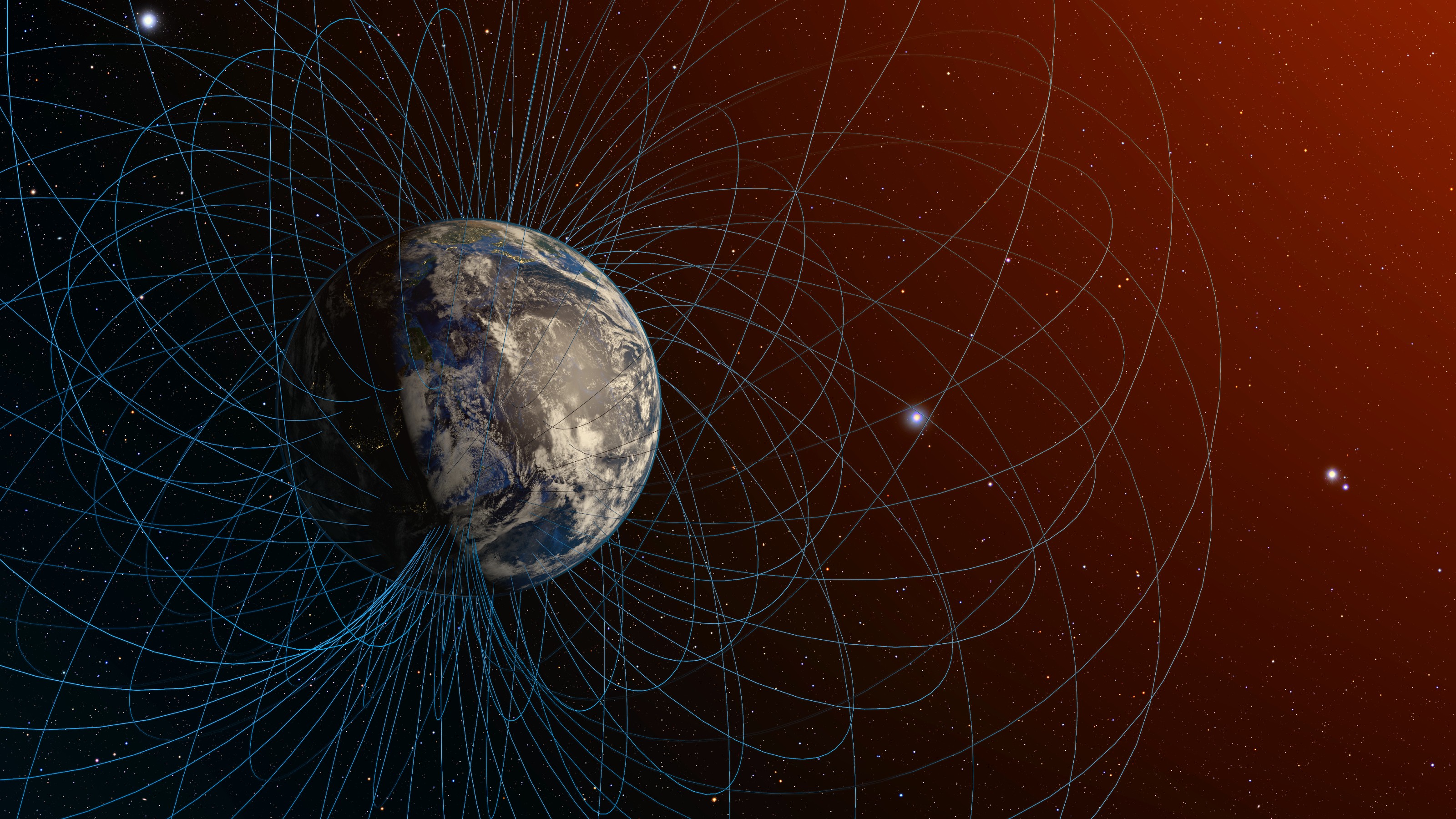How plate tectonics shook life into existence

- There are many reasons why the Earth is just right for life. One of them is that we have a dynamic, mobile crust.
- Plate tectonics plays key roles in the Earth’s carbon and water cycles, as well as in the distribution of nutrients.
- Plate tectonics may have originated early in the history of Earth, although it is not easy to interpret the evidence.
Life on this planet has a lot going for it. The Earth is not too hot, nor is it too cold. We have just enough carbon dioxide in our atmosphere to prevent a runaway greenhouse effect. We have plentiful water, yet enough land for an array of lifeforms to make a home here. We have a magnetic field that protects us from harmful cosmic radiation. And we have a chemical mix that is ideal for life.
Yet an often overlooked trait of our planet is plate tectonics, and we might owe our existence to it. Without earthquakes and volcanoes, without the puzzle pieces of the Earth’s crust constantly shifting around, being destroyed, and reforming, life on this planet might not exist at all.
The Earth’s life-giving cycles
Life needs movement. Nutrients have to travel where they are needed. Elements and molecules need to wander, change forms, and react with each other. Life would have a hard time gaining a foothold on a stagnant planet.
On Earth, carbon is the basic building block of life. The orbital properties of a carbon atom allow it to form strong, complex connections with other atoms, thus shaping organic compounds. The Earth continually cycles carbon through various forms, allowing it to be where organisms need it, and this carbon cycle is tied closely to life. Carbon enters the atmosphere as carbon dioxide. It is absorbed by plant life or directly into the ocean. Animals eat the plants, and eventually their bodies release carbon back into nature.
Plate tectonics is a vital part of this carbon cycle. Volcanism releases carbon dioxide directly into the atmosphere. Water pulls the carbon dioxide from the air, forming carbonic acid, which when combined with calcium forms limestone. Plate tectonics recycles the crust of the Earth, including the limestone. As it pulls the crust back into the mantle, it removes carbon from the surface of the Earth. This creates a delicate balance. The planet needs enough carbon dioxide to stay warm. Too much, though, would create a runaway greenhouse effect, as probably happened on Venus.
Plate tectonics is also involved in the water cycle. As water moves through the oceans and into the atmosphere, over the land and within the Earth, it dissolves various materials, including rocks and minerals, carrying them along as it goes. This cycles minerals locked in the continental crust, from the highest mountain peaks to the lowlands, back into the ocean. Deep in the oceans at subducting plate boundaries, water transports these minerals to the Earth’s interior. Water and minerals are then emitted again through volcanic eruptions.
This cycling of water was of crucial importance to the development of life on Earth, and later to its explosive periods of growth. Water rich in dissolved nutrients that was subducted into the mantle sometimes re-emerged in hydrothermal vents on the bottom of the ocean floor. Life flourished in these underwater realms, cut off from the sun but warmed by the heat from the center of the Earth and fed by the nutrients delivered by the water. Some scientists debate whether such locations might have seen the first appearances of life on Earth.
The continents shuffled and reshuffled. They came apart and merged again, and in doing so they created great mountain ranges. The world’s largest supercontinents were linked to some of the most extensive mountain ranges that the world has ever seen. The supermountains that populated these ranges eroded at a faster rate, delivering dissolved nutrients such as phosphorus to the oceans, where they benefited life. Indeed, the creation and erosion of these massive mountain ranges is tied to various explosions of life over the course of evolutionary history. For example, the appearance of the first macroscopic organisms, 1.8 billion years ago, is tied to the erosion of the Nuna supermountains.
The shuffling of continents
We know our world has a very mobile crust now, but we do not know exactly when it acquired this mobility. When the Earth first formed, it was very hot. As the planet cooled, the Earth’s crust was one single piece, often referred to as a “stagnant lid” over the hot mantle. With time, the mantle began convecting. Something caused the lid to crack, forming plates and giving rise to the phenomena of subduction, volcanoes, and earthquakes.
A number of studies have sought to pin down the beginning of plate tectonics, and estimates range from very early after the formation of the Earth, to a mere 700 million years ago. It is also likely that tectonics began as a halting phenomenon, starting and stopping several times before it really got going. Further, tectonics might have started in specific regions before becoming a global reality. In short, the nature of plate tectonics has evolved over the history of the Earth, and determining “when it started” might come down to who you ask and how they define it. In general, scientists look not only for subduction zones, but for a global network of plates, all moving in relation to one another.
One reason it is so hard to figure out when this continental shuffling began is that it is hard, if not impossible, to find old enough rocks. Most of the rocks in the Earth’s crust are relatively young. Some scientists try to piece together the history of our planet by looking at other bodies in our Solar System that have no plate tectonics, like Venus, Mars, or the Moon. Others hope to find hints in the rare locations where we do find very old rocks in the crust of our planet.
Some of the world’s oldest rocks are located in the Jack Hills in Australia. Within these hills are hardy little rock crystals called zircons, and some of these crystals are 4.4 billion years old, meaning they have seen almost the entire evolution of the planet.
Wriju Chowdhury and colleagues at the University of Rochester recently examined these zircons, analyzing their composition of silica and the presence of silicon and oxygen isotopes. They compared these compositions to rocks produced by modern-day plate tectonics and to those on bodies where plate tectonics is not active, like the Moon and Mars. Their results were recently published in Nature Communications. The researchers found that similarities in composition to present-day magma suggest plate tectonics was operational between 4.2 billion and 3.7 billion years ago.
Does this mean all of Earth was undergoing tectonics at this point in time? Or was it more of a regional phenomenon?
“These are the expansive questions that drive Early Earth scientists to torture themselves,” Chowdhury told Big Think. There are many gaps, and finding evidence of some subduction early in the history of the planet does not let us know how extensive plate tectonics was. Chowdhury continues: “Plate tectonic theory is like the theory of evolution in that it has to contend with crucial links that are missing from the rock record.”
Life without plate tectonics
The possibility that plate tectonics is necessary for life adds a dynamic crust to the growing list of prerequisites for life as we know it on extrasolar planets. If this is the case, planets able to host life may be even more rare than we already imagined.
But we need not be so categorical. The key, as we see, is circulation, and this might happen even on planets with a stagnant lid for a crust. Such planets may still have volcanism — take Mars as an example — and they might be able to cycle carbon dioxide at just the right rate to keep the planet from freezing yet prevent a runaway greenhouse effect. Such a planet, research suggests, could keep liquid water for 4 billion years. If this is the case, habitable planets might be much more numerous.





